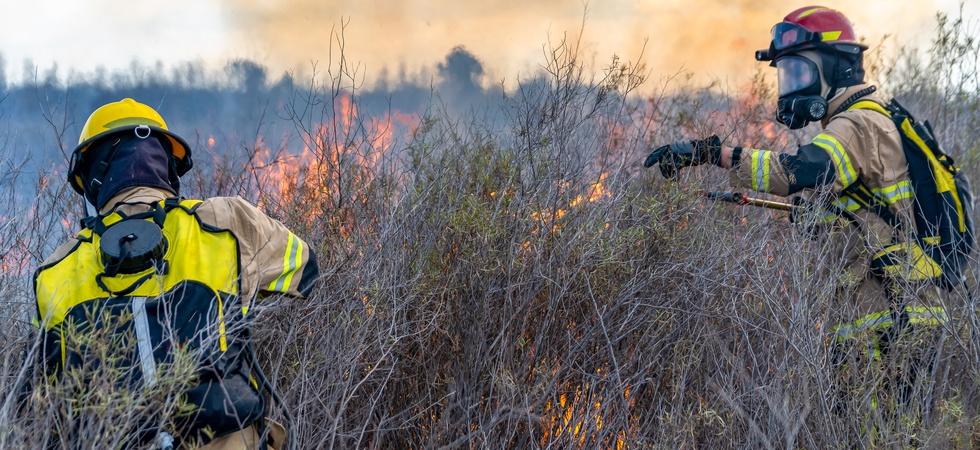How Wildland Firefighters Can Protect Themselves From Heat

Wildland firefighters face temperatures that can exceed 140 degrees Fahrenheit near active flames. Sudden cardiac events, often caused by heat stress, kill more firefighters than burns or smoke inhalation. Your body fights two battles simultaneously: the fire and the heat that threatens to shut down your systems.
Wildland firefighters must know how to protect themselves from heat as a matter of survival, not comfort. This guide provides essential strategies to keep you operational when temperatures soar.
Understand the Risks of Heat Stress
Recognizing the dangers of heat-related illness is the first step toward prevention. On the fire line, awareness can mean the difference between staying in the fight and being pulled out of it.Heat exhaustion strikes when your body loses fluids faster than you replace them. Symptoms include heavy sweating, weakness, and nausea.
Heat stroke escalates the danger; your body stops sweating, your core temperature spikes, and confusion sets in. Dehydration compounds every risk; your decision-making suffers, and reaction times slow. Recognition saves lives, so monitor yourself and your crew constantly.
Choose Gear That Works With the Heat, Not Against It
Moisture-wicking shirts and pants move sweat away from your skin, making this gear a suitable choice on the job. Cotton traps moisture and heat, so it should be avoided. Oppositely, synthetic blends designed for wildland firefighting allow airflow while maintaining flame resistance. Wildland boots prioritize breathability over steel-toe protection. They flex with your movement and allow heat to escape, also making them essential.
Hydration Is the First Line of Defense
Firefighters lose up to two liters of fluid per hour during active fire suppression. Dehydration begins before you feel thirsty. Start hydrating before your shift, maintain intake during operations, and continue after you clear the line.
Water alone won’t replace lost electrolytes, so alternate between water and electrolyte solutions. Understanding the importance of staying hydrated while firefighting reduces the risk of heat-related illness and keeps you operational when conditions are toughest.
Use Shade and Rest Strategically
Your body needs time to cool its core temperature. Shade drops ambient temperatures by 10 to 15 degrees, and cooling towels or neck wraps accelerate the process. Time your breaks strategically. Ten minutes in the shade should be enough to prevent hours of heat-related downtime. Crew leaders must enforce rest periods, even when fire activity intensifies.
Train for the Heat Before You Hit the Line
Heat tolerance builds over seven to 14 days of gradual exposure. Preseason conditioning prepares your cardiovascular system for extreme temperatures. Veterans and newcomers alike benefit from heat acclimatization protocols.
Mental preparation matters equally. Expect the heat; plan for it. Develop personal cooling strategies that work within your crew’s operations. Train in your gear when possible to simulate real-world stress, and track your body’s response to heat so you can adjust before deployment.
Stay Cool, Stay in the Fight
Wildland firefighters can protect themselves from heat in many ways, especially through proactive planning, not reactive responses. The right gear, consistent hydration, strategic rest, and proper preparation keep you operational when others fall out. Heat management becomes part of your daily routine. Integrate these strategies into your operations. Your life—and your crew’s lives—depend on staying ahead of the heat.
